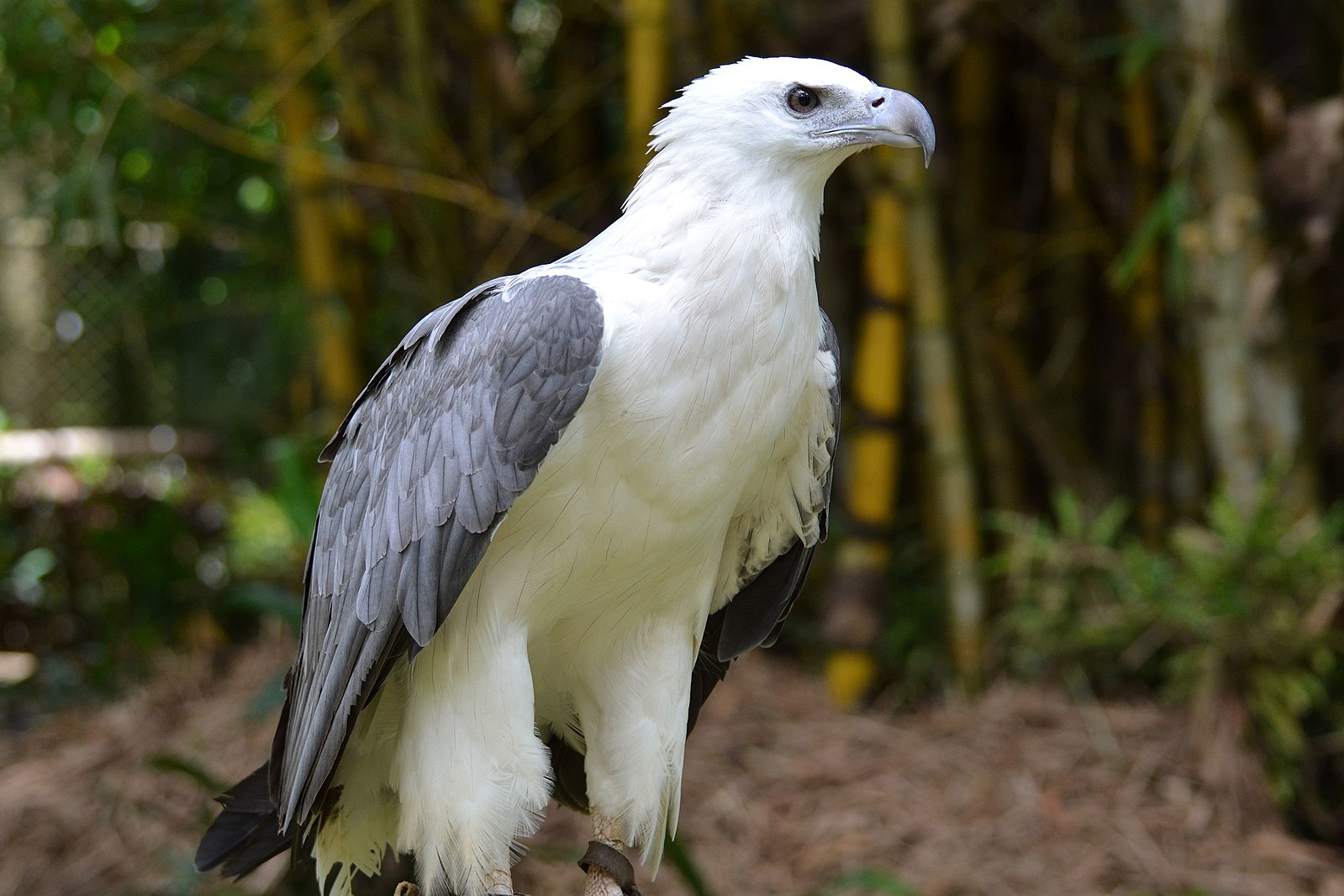White-bellied sea eagles typically lay a clutch of two dull, white, oval eggs, which measure 73×55 mm and are incubated for approximately six weeks before hatching. However, it is unusual for both chicks to be reared successfully to fledging, as one egg may be infertile or the second chick may die in the nest. If the first clutch is lost, the parents may attempt a second brood.
The Nesting Habits of White Bellied Sea Eagles
White-bellied sea eagles are known for their impressive nesting habits. These majestic birds build large, bulky nests high up in tall trees or on rocky cliffs, often reusing and adding to the same nest year after year. The nests can measure up to 2.5 meters in diameter and 1 meter in depth, making them one of the largest bird nests in the world.
Clutch Size and Egg Characteristics
As mentioned earlier, white-bellied sea eagles typically lay a clutch of two eggs. These eggs are dull, white, and oval in shape, measuring approximately 73×55 mm. The eggs are incubated by both the male and female eagles for around six weeks before they hatch.
| Clutch Size | Egg Color | Egg Shape | Egg Size (mm) | Incubation Period |
|---|---|---|---|---|
| 2 eggs | Dull white | Oval | 73×55 | 6 weeks |
Chick Development and Parental Care
When the chicks hatch, they are covered in white down and are considered semi-altricial, meaning they are born helpless and require extensive parental care. Both the male and female eagles take turns feeding and caring for the chicks as they grow larger and stronger.
However, it is not uncommon for only one chick to survive to the fledgling stage. This is because one of the eggs may be infertile or the second chick may die in the nest due to various reasons, such as competition for food or sibling aggression.
If the first clutch is lost, the white-bellied sea eagle parents may attempt to lay a second brood of eggs, giving them another chance at successfully raising their young.
Factors Affecting Egg Laying and Chick Survival
 Image source: bellied sea eagle by shankar s
Image source: bellied sea eagle by shankar s
Several factors can influence the number of eggs laid by white-bellied sea eagles and the survival of their chicks. These include:
-
Food Availability: The abundance and accessibility of the eagles’ primary prey, such as fish, waterbirds, and small mammals, can affect the number of eggs laid and the likelihood of both chicks surviving.
-
Habitat Quality: The condition and suitability of the eagles’ nesting habitat, including the availability of tall trees or cliffs for nest building, can impact their breeding success.
-
Environmental Conditions: Factors like weather, climate, and natural disasters can also play a role in the survival of white-bellied sea eagle chicks, as they can affect food availability and the stability of the nest.
-
Human Disturbance: Increased human activity, such as development, recreation, or hunting, near the eagles’ nesting sites can lead to nest abandonment or chick mortality.
-
Predation: Predators, such as other large birds of prey, snakes, or mammals, may target the eggs or chicks, reducing the chances of successful fledging.
Conservation Efforts for White Bellied Sea Eagles
Due to their unique nesting habits and the challenges they face, white-bellied sea eagles are a species of conservation concern in many parts of their range. Conservation efforts often focus on protecting and managing their nesting habitats, as well as reducing human disturbance and addressing threats like hunting and habitat loss.
In some regions, monitoring programs have been established to track the breeding success and population trends of white-bellied sea eagles, providing valuable data for conservation planning and decision-making.
Conclusion
The white-bellied sea eagle is a remarkable bird of prey known for its impressive nesting habits and the unique challenges it faces in raising its young. While these majestic birds typically lay a clutch of two eggs, it is not uncommon for only one chick to survive to the fledgling stage due to various environmental and ecological factors.
Understanding the nesting behavior and reproductive biology of white-bellied sea eagles is crucial for their conservation and the preservation of these iconic birds in their natural habitats.

